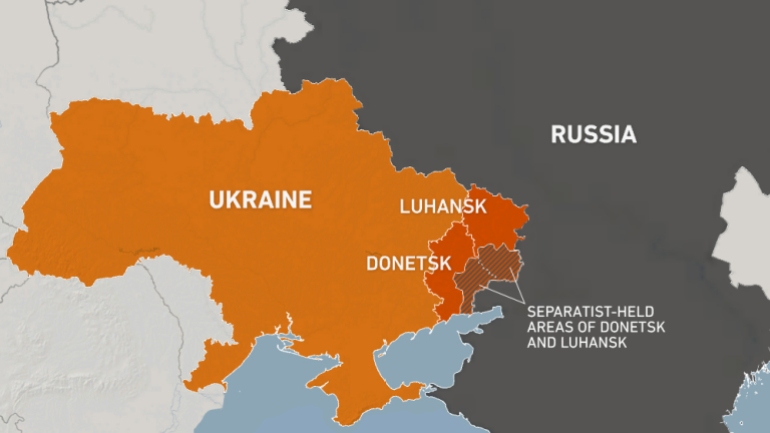- Your cart is empty
- Continue Shopping

Europe hurries to refuel with Russian diesel before ban begins
Because there are few alternative sources, European dealers are hurrying to fill tanks in the area with Russian diesel before an EU ban takes effect in February.
By February 5, the European Union will prohibit imports of Russian oil products, which are a significant source of its diesel.
After that, a restriction on Russian crude oil will go into place in December.
According to Pamela Munger, senior market analyst at energy analytics firm Vortexa, Russian diesel loadings to the Amsterdam-Rotterdam-Antwerp (ARA) storage region increased to 215,000 bpd from Nov. 1 to Nov. 12, up 126% from October.
According to Refinitiv data, Europe has imported 44% of all diesel so far in November, up from 39% in October, due to the lack of readily available, affordable alternatives.
Russia continues to be the continent’s top supplier of diesel, despite a decline from more than 50% prior to Moscow’s invasion of Ukraine in February.
According to Eugene Lindell, a refining and products market analyst at FGE, “the EU will have to acquire about 500-600 kb/d of diesel to replace the Russian volumes. Replacements will come from the US as well as east of Suez, primarily the Middle East and India.”
Due to backwardation in Ice gasoil futures, where the current value is higher than it will be in coming months, the Russian gasoil entering ARA tanks is likely to be utilized or sold rapidly, according to Lars van Wageningen of the Dutch consultancy Insights Global.
A portion of the surge is brought on by ICE Futures Europe’s embargo on Russian-origin low-sulfur gas oil in advance of EU penalties.
Beginning on November 30, dealers must demonstrate to ICE that no Russian product has been introduced into any tanks in the larger ARA region, including Flushing and Ghent, that will be used for January delivery through the ICE futures contract.
In December, Russian gasoil is still permitted to enter ARA storage tanks, but it must be transferred to other tanks from which no deliveries are permitted, per ICE.
Given the low storage levels in the ARA for both Russian and non-Russian gasoil as well as the dropping delivery volumes, some market participants anticipate little impact from the ICE relocation.
According to the website for the Ice gasoil futures exchange, 70,000 tonnes of gasoil were supplied in January 2022.
Source: Reuters.
